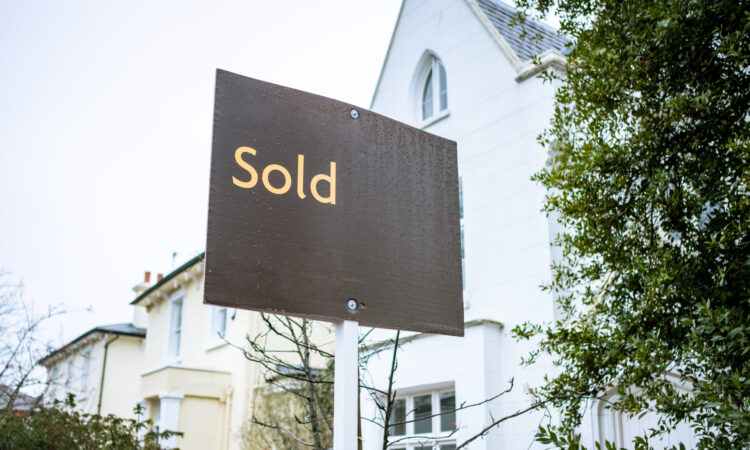UK house prices predicted to grow by 6.3% by end of 2025, easyMoney forecast – The Intermediary

A new house price forecast by peer-to-peer real estate investment platform, easyMoney, suggests optimism in the UK property market could be well-founded, with an average house price growth of 6.3% predicted by the end of 2025.
By analysing historic data from the Gov UK House Price Index and the Nationwide House Price Index, easyMoney has forecasted potential price growth based on current market trends. Recent months have seen a decline in house prices, with the average home selling for £285,862 in August 2023, dropping to £280,673 by February 2024.
Various industry experts, including Lloyds Bank, Rightmove, and Zoopla, have predicted price drops between -1% and -4% by the end of 2024. However, recent data suggests a more optimistic outlook. Savills has updated its forecast, predicting a 2.5% growth in prices, while Knight Frank has also shown a positive outlook due to a recent uptick in Price Paid data published by the Land Registry.
In March 2023, prices rose to an average of £282,776, reflecting an improving market. Nationwide’s data, showing average house prices based on mortgage approvals, indicates a steady rise since early 2024, with April 2024 figures reaching £261,962, the highest since June 2023.
easyMoney’s analysis estimates a 3.6% increase in average house prices by this time next year, reaching £292,838. By December 2025, prices are expected to grow by 6.3%, with the average house price at £300,559.
Jason Ferrando, CEO of easyMoney, commented: “The recent doom and gloom around the UK housing market has not been unjustified, but it could be argued that lots of industry voices have been far too quick to paint negative pictures while the economic outlook has been one of uncertainty. Time and time again, UK property has proven itself to be resilient in the face of external pressures, and while prices may dip for a while, they rarely ever crash and always bounce back quickly. This is what makes property such a sound and sensible investment and a significant step away from other, more volatile assets that are far more volatile in the face of perceived socio-economic pressures.”
